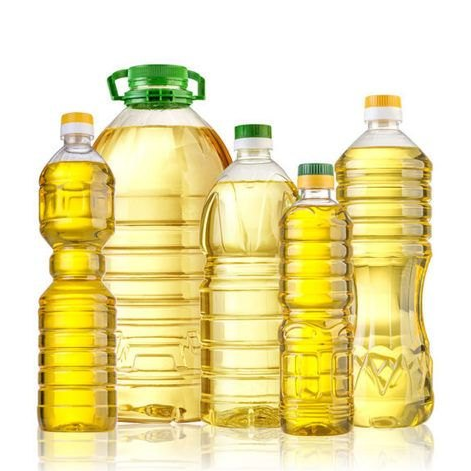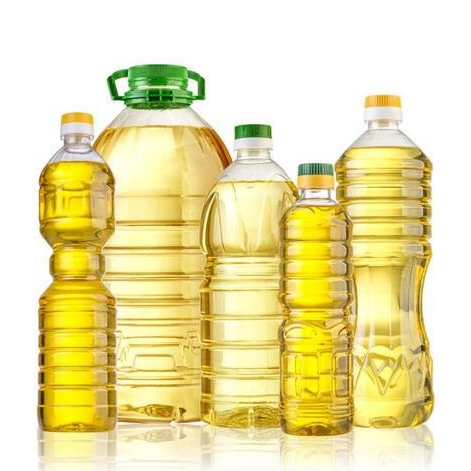First of all, I would like to briefly explain the process of making refined edible oil, which is sufficient to understand why refined oil is considered potentially cancer-causing.
The refining of crude oil into edible oil involves various chemicals at different stages to achieve the desired purity, stability, and quality. Here are the chemicals commonly used in each process:
-
Degumming:
- Water or Acid (e.g., Phosphoric Acid): Used to hydrate and remove phospholipids and other hydratable impurities.
-
Neutralization:
- Caustic Soda (Sodium Hydroxide): Used to neutralize free fatty acids and form soapstocks that are later removed.
-
Dewaxing:
- Solvents (e.g., Hexane): Used to dissolve waxes which are then crystallized out by cooling.
-
Bleaching:
- Adsorbents (e.g., Activated Clay, Bentonite, Activated Carbon): Used to remove pigments, trace metals, and other impurities.
-
Deodorizing:
- Steam: Used to strip volatile compounds, including odor and flavor substances, under high temperature and vacuum.
-
GE and 3-MCPD Mitigation:
- Adsorbents: Specific adsorbent materials may be used to bind and remove these contaminants.
- Optimization of Processing Conditions: Changes in temperature, pH, and other process parameters to minimize formation.



